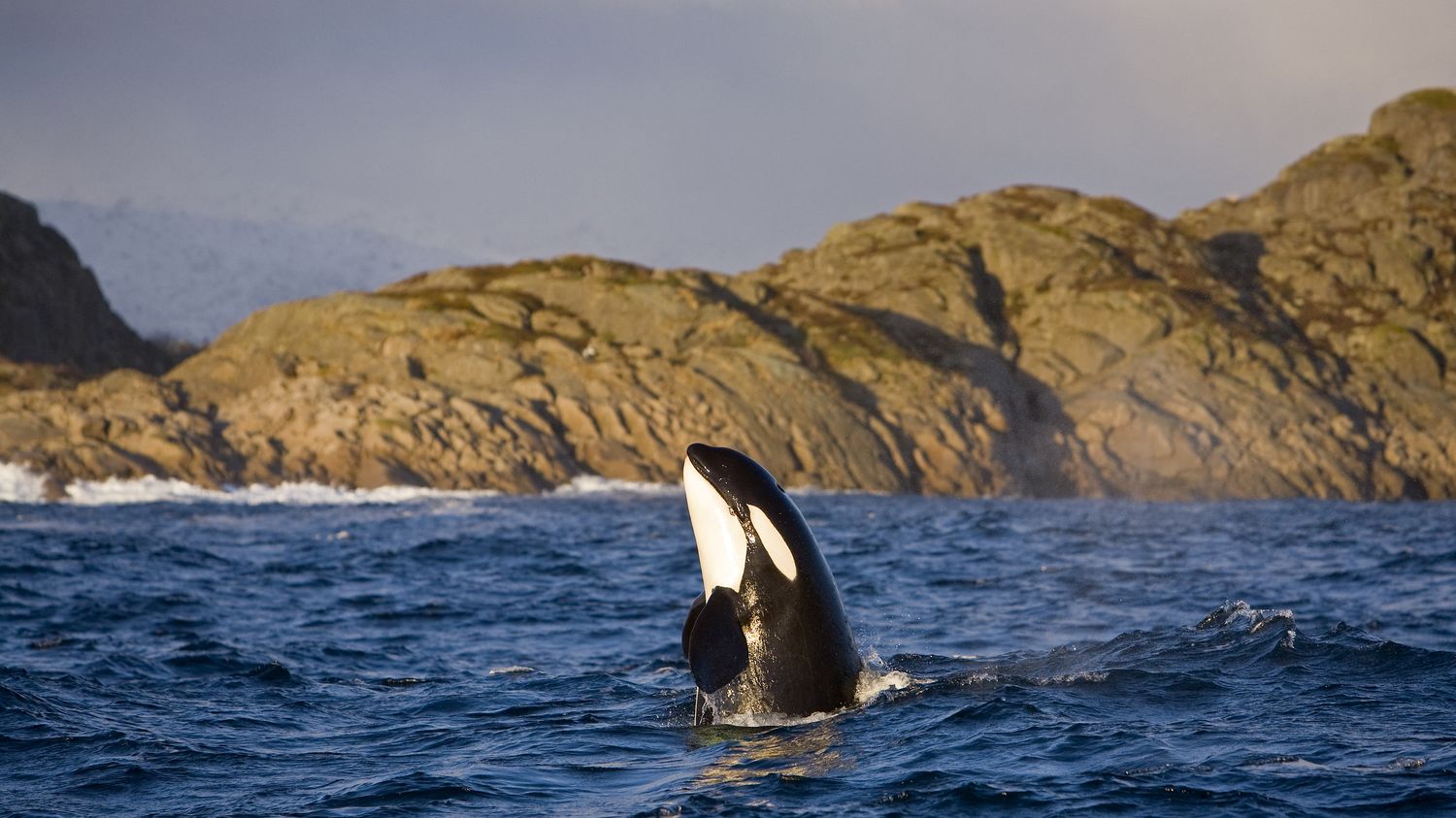Killer whales attacking boats in the open sea: we knew this phenomenon off the coast of Spain and Portugal. It is now reported much further north, between Scotland and Norway.
The attack happened on Monday, near the Shetland Islands. Wim Rutten, a 72-year-old retired Dutch sailor, sails alone on his yacht. While he is quietly angling for mackerel when he sees an orca appear at the stern – which obviously hasn’t come to cuddle him.
>> In killer whales, the “grandmother” effect is even stronger than we thought
“She hit again and again, she created shocks through the hull. What scared me the most was his very loud breathinghe tells the Guardian. She stayed behind the boat, she was looking for the keel. She disappeared… And then she came back at high speed, two or three times” before leaving. Wim Rutten comes out of it without injuries… but with a big fright.
500 “interactions” between killer whales and boats since 2020
This is the first time that this type of incident has been reported in this area. Until now, the “boat sinking” killer whales only appeared in the south of Portugal and Spain, sometimes as far as the coast of Galicia.
We have been observing this phenomenon for a little over two years. 500 interactions between killer whales and boats have been listed since 2020. On May 22, the French skipper Sébastien Destremau was surrounded by around twenty individuals. His 15 ton boat ended up”shook like a nutshell”for about an hour.
On June 22, as they approach the Strait of Gibraltar, the JAJO team, which is taking part in a round-the-world trip with a crew and in stages, was also targeted. One of the sailors filmed underwater: we can clearly see the large black and white mammals attacking the rudder.
The Portuguese, Spanish and French scientists who have created a working group on the subject, the GTOA (orca atlantica working group) have absolutely no answer. But they make two main assumptions. Killer whales, which are very sociable, can be in a playful search for contact. They just want to play, especially when the groups are made up of young males, and when an 8-ton animal plays with a boat, it inevitably shakes.
The other hypothesis is that an adult female, baptized White Gladis, would seek revenge after a collision with a ship. Since then, this orca would have developed a technique to stop, even sink boats, which she would then have taught to the youngest.
This teaching would have been transmitted as far as the Shetland Islands, even 3,000 kilometers further north. A killer whale specialist explains to Geo magazine that the groups, which are very structured, may well have shared information and then traveled up the coast over a very long distance. If killer whales do not attack humans at all, it is undeniably human activity that is at the origin of their change in behavior: increased maritime traffic, decreasing food sources, warming seas or pollution. sound.
